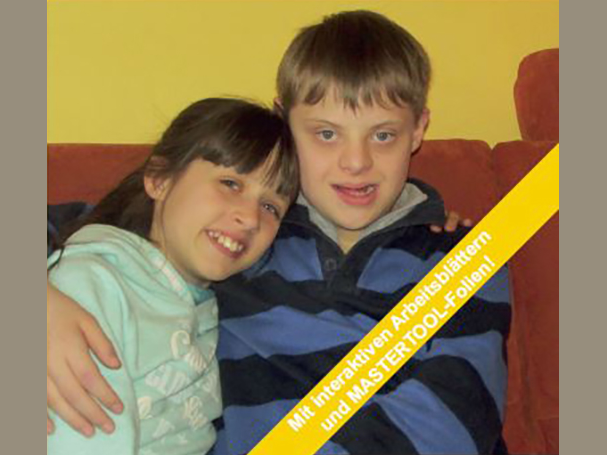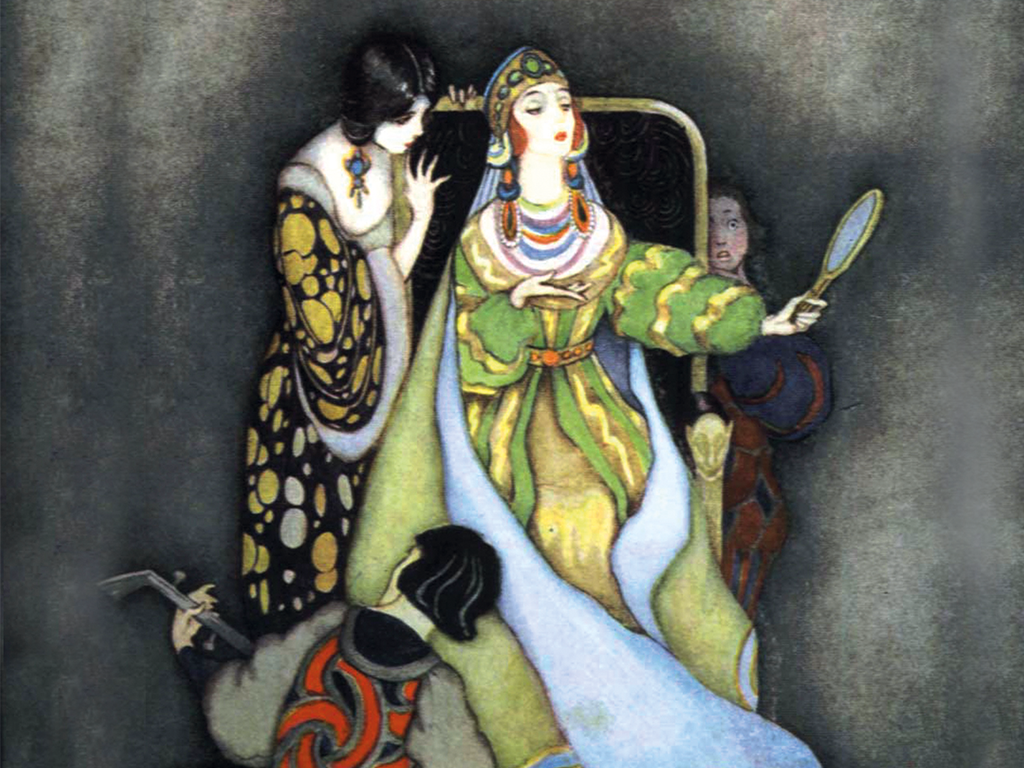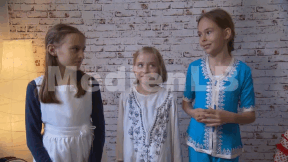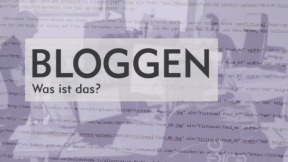 Society
Society

4673659 / 5562349
Tolerance
For a Respectful Coexistence
“Tolerance means being generous and kind to other people and helping them, too.” “For example, if someone is teased in the school yard, you may help that person and say: “Hey, hey, you cannot do that.” “With love and sympathy. And you shouldn't exclude other people.” “For example, charitableness and being nice to people.” “That you shouldn't always annoy the others, but be nice and polite … and respect them.” “Letting people be as they are.” “That different people from different cultures or people looking different can live together.”
Play trailer
Curriculum-centred and oriented towards educational standards
Matching
Civil Courage
Civil courage concerns us all! Everyone may fall victim to violent assault.. Violence is expressed not only physically but also psychologically. It can lead to severe physical and mental damage for the victim.
Blogging
The weblog or blog, for short, as a medium is not much older than this century. Blogs came into being in the World Wide Web as ’messages from below’, as web pages from web creators who wanted to share their view of the world with the world. They are short notes, long texts, pictures, videos, which are posted loosely and at random intervals to the world for an undefined public.









